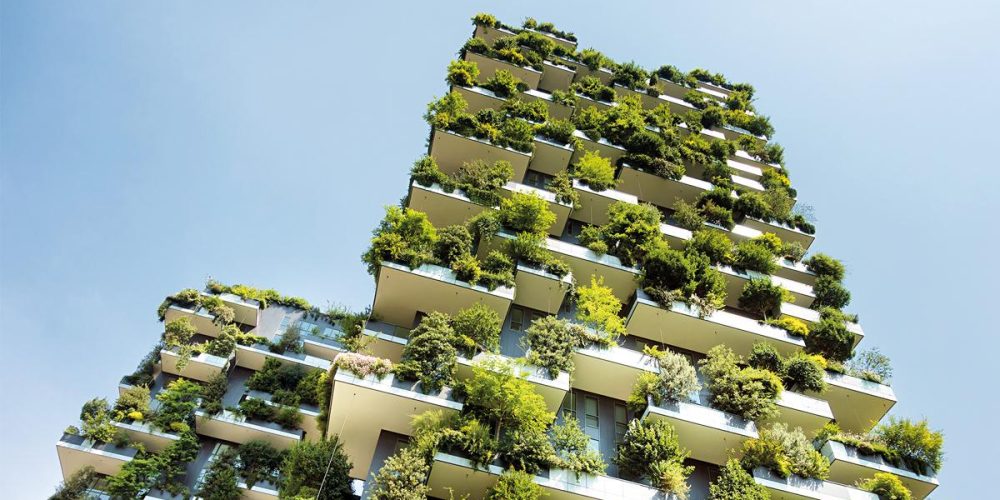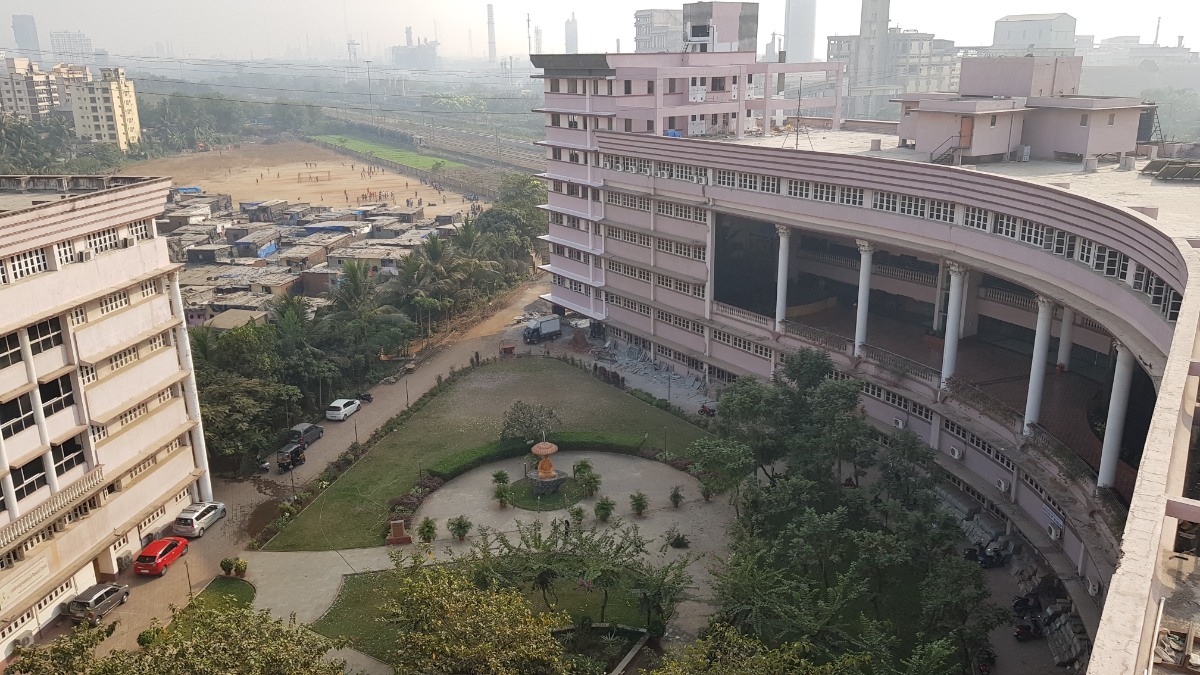Regenerative design is a holistic approach that focuses on creating buildings that have a net positive impact on the environment, human health, & social well-being.In the face of growing environmental concerns, conventional building designs have come under scrutiny for their negative impacts. Green-certified buildings offer a step in the right direction, but regenerative designs take sustainability to a whole new level by addressing the environmental, social, and economic balance. Dr. Prof. Anand Achari, the esteemed Principal of VES College of Architecture, emphasizes four key principles driving this transformative approach. At its core, regenerative design is a holistic approach focused on creating buildings that have a net positive impact on the environment, human health, and social well-being.
The four principles of regenerative design are as follows:
• Integrated Approach
• Working with potential solutions, not just the problem at hand
• Developing capability
• Building a collaborative approach that includes all stakeholders.
This approach is more in line with the principles of a circular economy, where resources are used and reused in a closed loop, rather than being discarded or wasted. In fact, some experts believe that regenerative design is the next big thing in sustainable design as it provides a more holistic and long-term approach to sustainability. Some aspects of regenerative buildings include:
• Green roofs and facades
• Water management
• Energy management
In conclusion, regenerative building design represents a paradigm shift in sustainable architecture. Regenerative buildings herald a brighter, more responsible future, leaving a legacy of sustainable spaces for generations to come. Read the full article >



